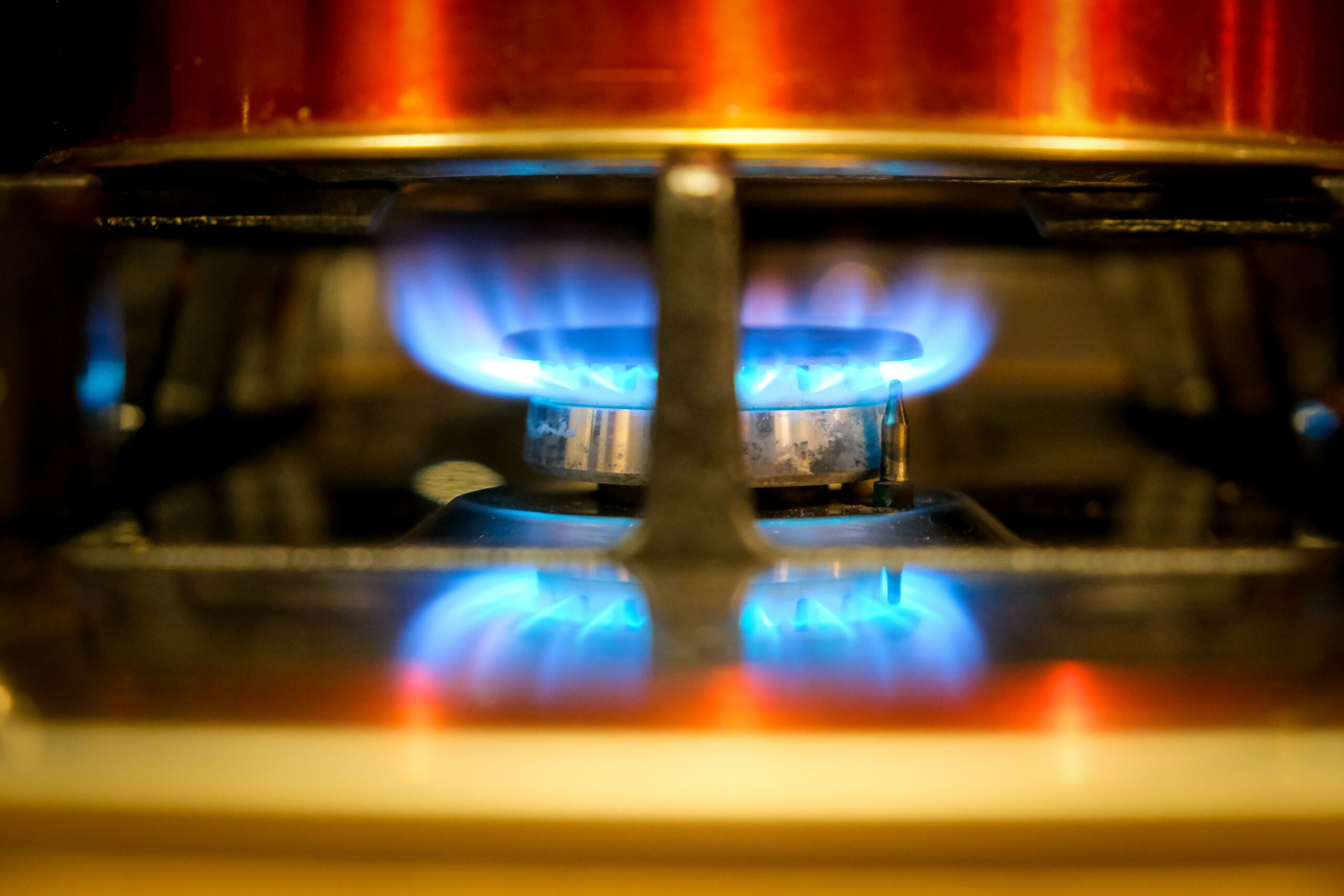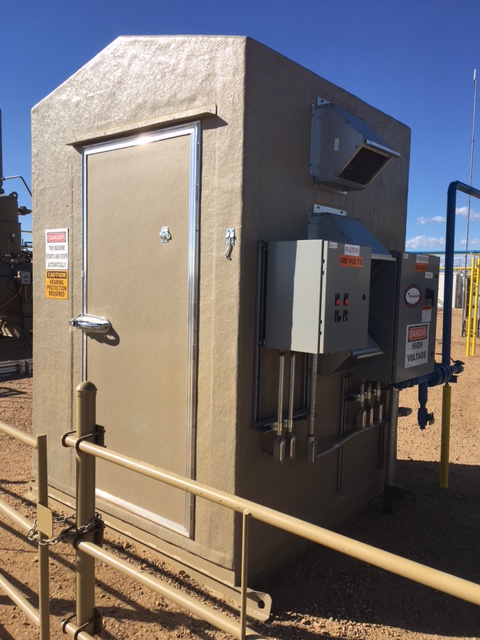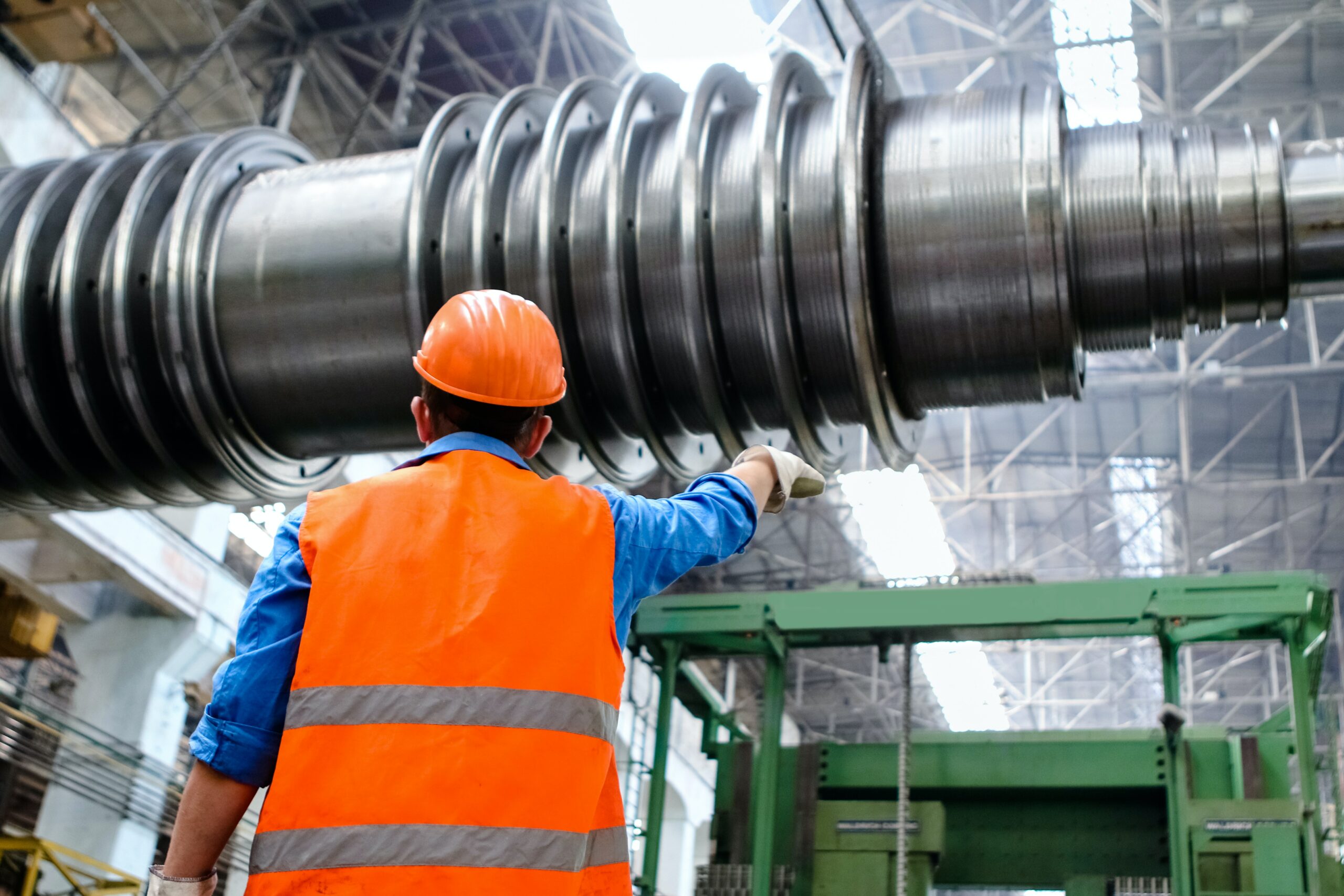The oil and gas industry uses natural gas in various utility applications, including tank batteries, processing plants, and compressor stations. Currently, two methods exist in an oil and gas or power installation to open or close instrument valves and take readings. One method uses natural gas and the other uses air.
While instrument gas applications are currently more popular, recent regulatory changes in Colorado indicate a trend toward making the switch to instrument air in an effort to reduce methane emissions..
Instrument Gas vs. Instrument Air
For both methods, a flow of gas or air creates momentum to either open or close pneumatic valves. Applications include using oil tank batteries to open and close valves to let the oil in or out of a tank. The gas or air used to operate the valves is then exhausted into the air.
Instrument air uses surrounding air at atmospheric pressure that is increased to open or close a valve. That same air is then released outside of the system. With instrument gas, methane is released into the air. While the quantity of gas is typically small, the impact on greenhouse gas effects adds up over time, especially when used with equipment across the industry.
Regulatory Changes Require an End to Instrument Gas Methane Emissions in Colorado and Potentially Nationwide
Due to growing concerns about carbon emissions from methane instrument controls, in May 2021 Colorado adopted a new regulation requiring companies to have a plan in place to switch their equipment from instrument gas to instrument air within two years.
Colorado is the first state to implement this requirement, but it likely won’t be the last. In November 2021, the EPA announced a proposed rule targeting these types of methane emissions. While that potential regulatory change is still in preliminary stages, it’s likely that the relatively simple switch from instrument gas to instrument air could happen nationwide.
Benefits of Converting from Instrument Gas to Instrument Air
While challenges exist to converting equipment, such as the upfront cost and the lack of electrical power to run instrument air equipment at some sites, there are benefits to converting existing equipment to instrument air. First, according to the EPA, in addition to reducing methane emissions, trading a flammable substance for atmospheric air creates a safer work environment. Also, much of existing equipment including piping, control instruments, and valve actuators of instrument gas systems can be used for an instrument air system.
Developing a Plan to Switch from Instrument Gas to Instrument Air
The Colorado rule requires that companies have a plan in place by the end of 2021 to get rid of instrument gas in favor of instrument air, with a two-year window for implementation. Regardless of where you are in this process, UECompression is the market leader in instrument air packages and has provided over six hundred packages for this purpose and can help. Get in touch to learn how we can help you build and implement a strategy to stay in compliance in Colorado, and plan for potential regulations in other states or even nationwide.




